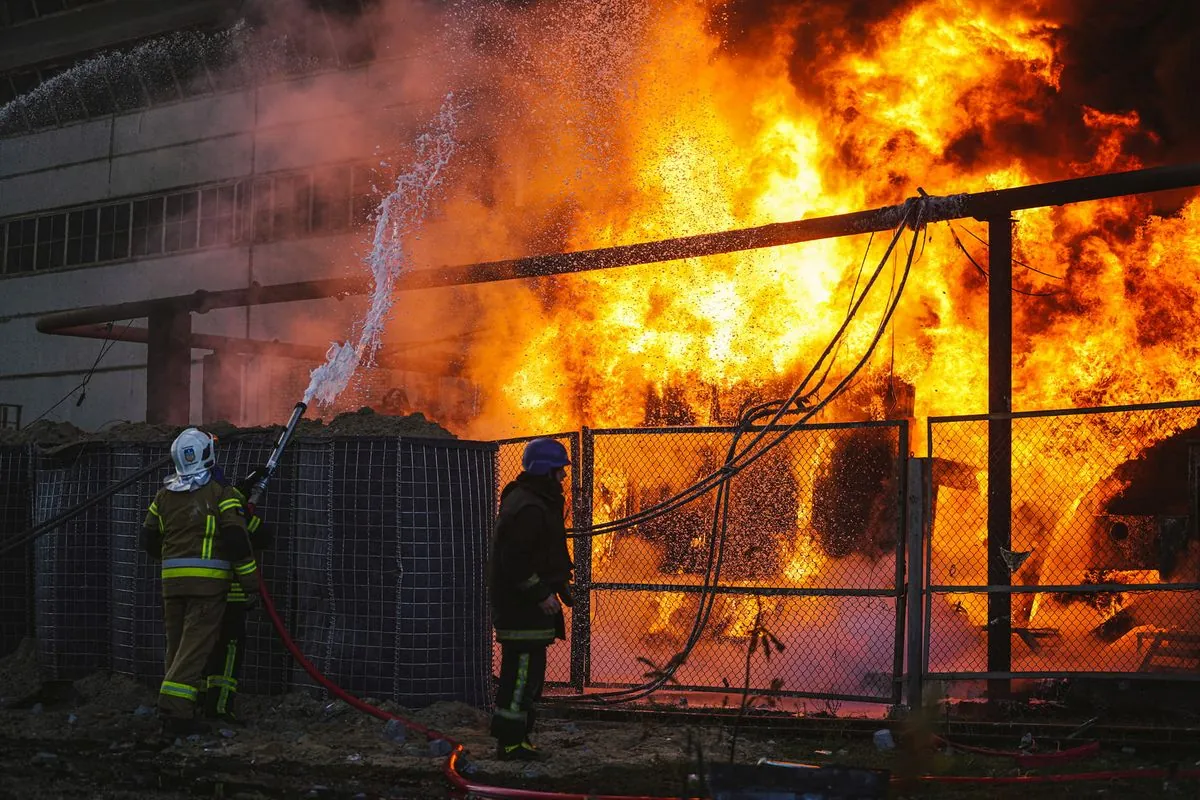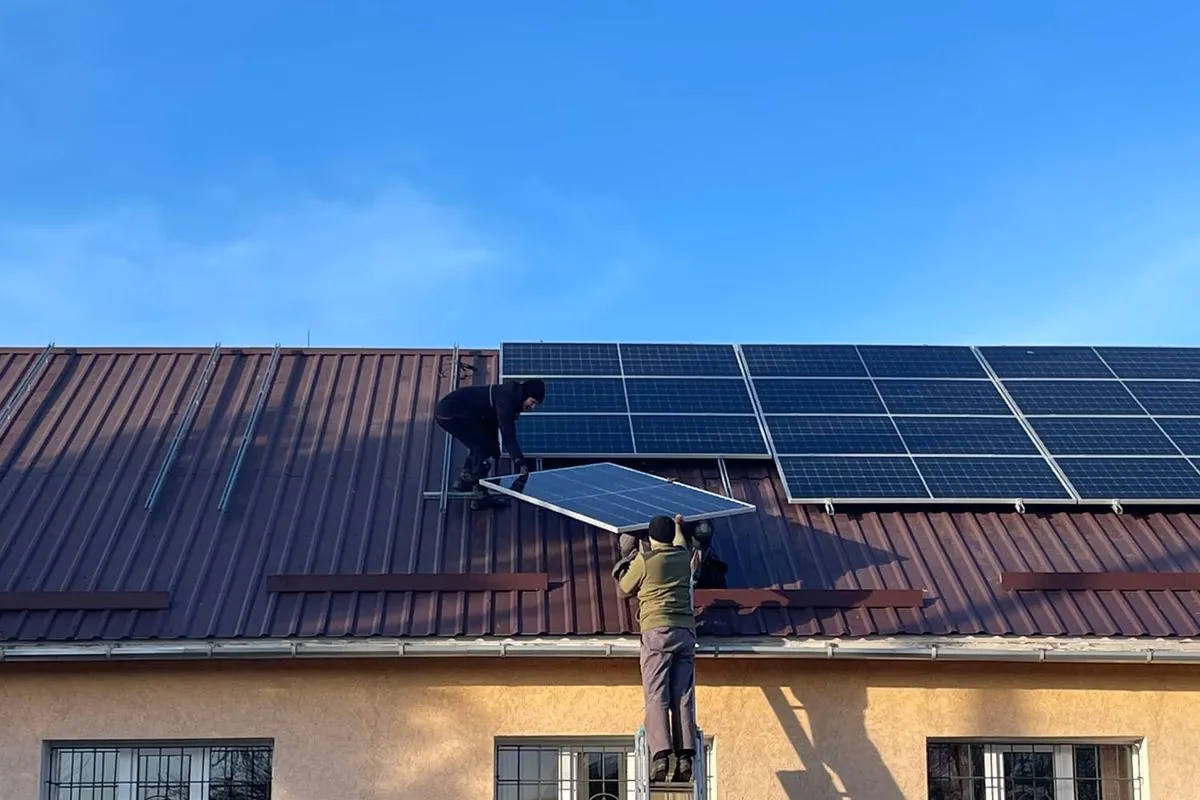Ukraine Braces for Tough Winter Amid Energy Challenges and Green Push
Ukraine faces its hardest winter since Russia's invasion, with energy resilience a top priority. Greenpeace urges a shift to renewable sources, proposing a €4.5 billion investment in solar power by 2030.

As Ukraine approaches its third winter since Russia's full-scale invasion began over two and a half years ago, the country faces significant energy challenges. Prime Minister Denys Shmyhal has warned that this upcoming heating season could be the most difficult yet, as Russian attacks continue to target Ukraine's energy infrastructure.
Ukraine, the second-largest country in Europe by area, has lost more than half of its power-generating capacity since the war began. This loss has forced the nation to rely heavily on its three functioning nuclear power stations and electricity imports from European Union countries. The country's energy sector, which was already one of the most energy-intensive in Europe, has been struggling to meet demand.
"Energy resilience is one of our greatest challenges this year. We successfully got through what was essentially two and a half winters. We will get through three, with this upcoming heating season likely being just as difficult, if not the hardest."
To address these challenges, the Ukrainian government, with support from European countries, is urgently developing initiatives to decentralize its power generation. This strategy aims to make the energy system less vulnerable to attacks and more resilient. One key aspect of this plan is the expansion of renewable power capacity, a move that has been applauded by environmental groups.

Greenpeace, which opened an office in Kyiv two years ago, is advocating for a significant increase in renewable energy investments. The organization is calling for internationally backed investments of nearly 4.5 billion euros through 2030, with a focus on solar photovoltaic projects. Natalia Gozak, head of Greenpeace in Ukraine, suggests that the government's current targets for solar energy by 2027 could be increased at least fivefold.
Ukraine's energy landscape has undergone significant changes since the 2014 annexation of Crimea by Russia. The country has been working on diversifying its energy sources and improving energy efficiency. Before the war, Ukraine's power mix was heavily dominated by traditional sources, with coal, oil, natural gas, and nuclear making up nearly 95% of the total.
The country has significant potential for renewable energy, especially in wind and solar power. The largest solar power plant in Ukraine, the Nikopol Solar Power Plant, was completed in 2019. Additionally, Ukraine's vast agricultural lands could potentially be used for bioenergy production.
Alexander Egit, an executive director at Greenpeace for Central and Eastern Europe, urges Western donor nations to support renewable energy projects during and after the war. He emphasizes the importance of building a modern, green, and independent Ukraine through decentralized renewable energy.
As Ukraine continues to face energy challenges, the push for renewable sources not only addresses immediate needs but also aligns with the country's long-term goals. Ukraine joined the European Energy Community in 2011, committing to aligning its energy policies with EU standards. The country has set ambitious targets for increasing its share of renewable energy by 2035, demonstrating its commitment to a greener future despite the ongoing conflict.


































